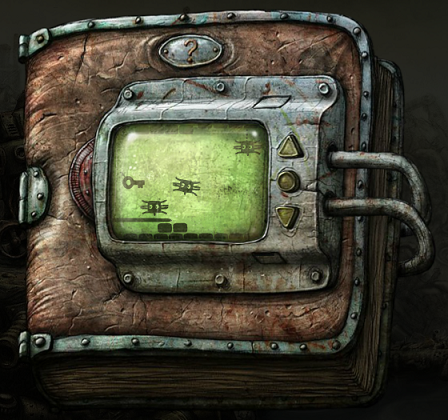Machinarium Analysis
Machinarium is a puzzle/adventure games where the player must solve a series of brain teasers such as, finding all the pieces of the main character, an extendable robot, and building him. The start screen of Machinarium has an eerie soundtrack. There are also some mechanical sounds filling out the ambience.
Metal clangs , water drops, steam engines, fireworks and various machine sounds make up most of the sound in this point-and click adventure.
One of the coolest parts of the game is the Hint Book Mini-Game. The player now becomes a Key that fires lasers at spiders. Only when the player beats the mini-game will they gain access to the hints inside. (Which are still a little vague.)
Created by Amanita Design Studios, Machinarium focuses on the adventure of a robot who has been exiled to the scrap heap.
Players must use "logic, collect important items and solve environmental puzzles to get the robot back to the city of Machinarium so he can rescue his robot girlfriend, save the head of the city and defeat the bad guys from the Black Cap Brotherhood."











